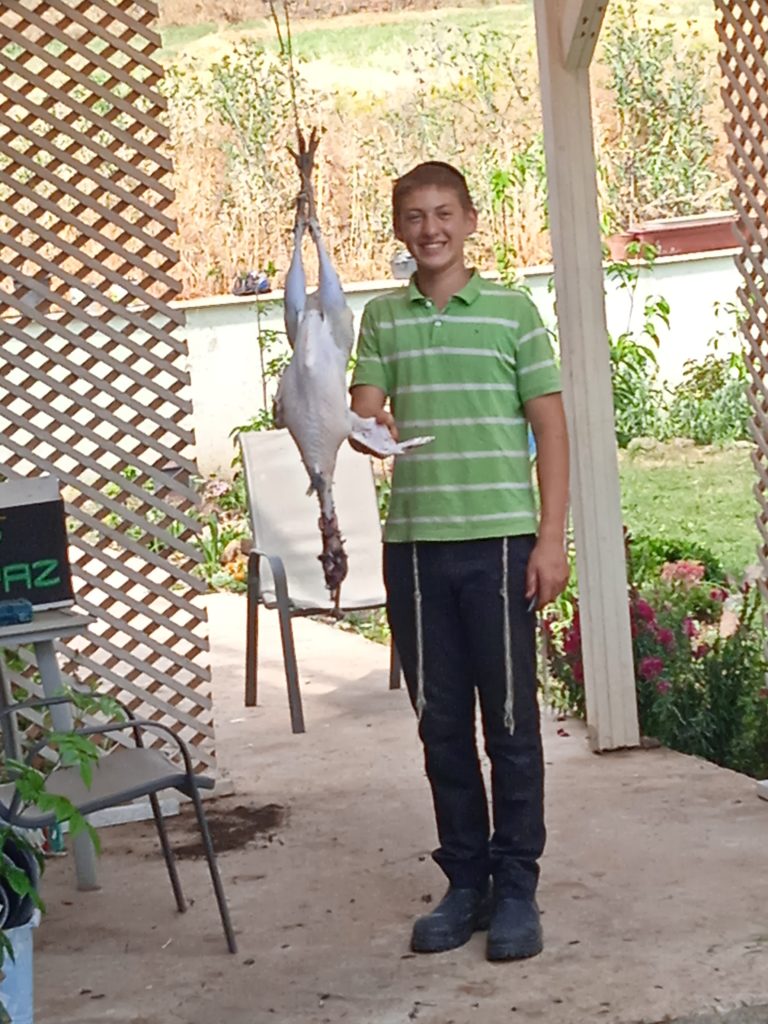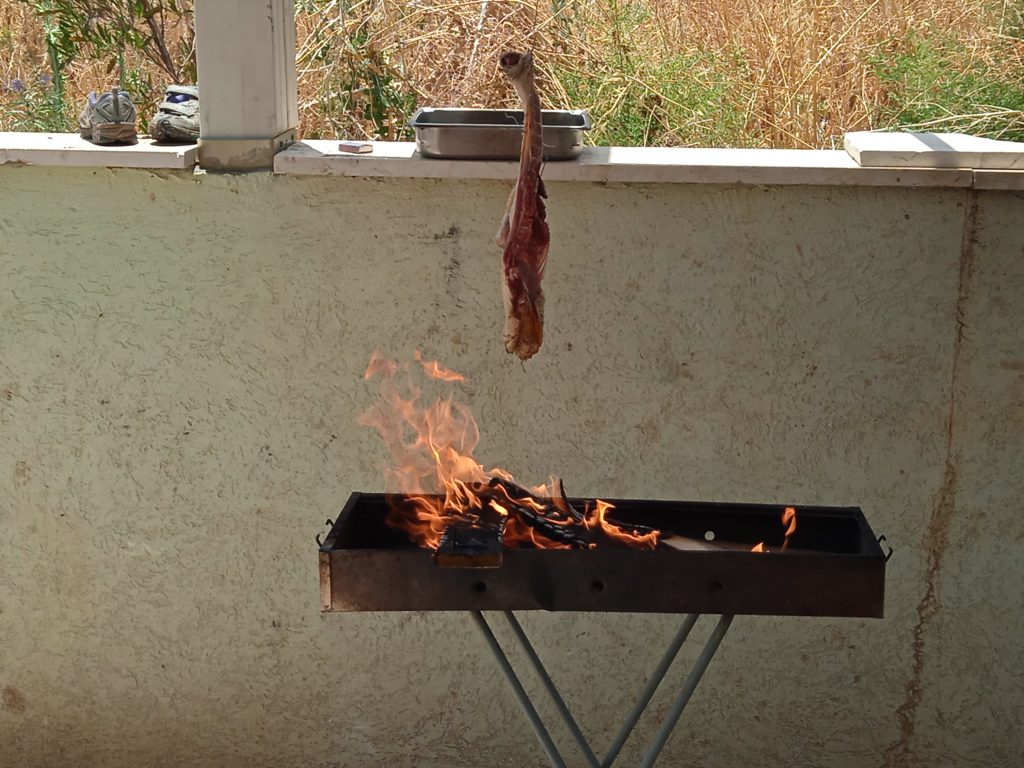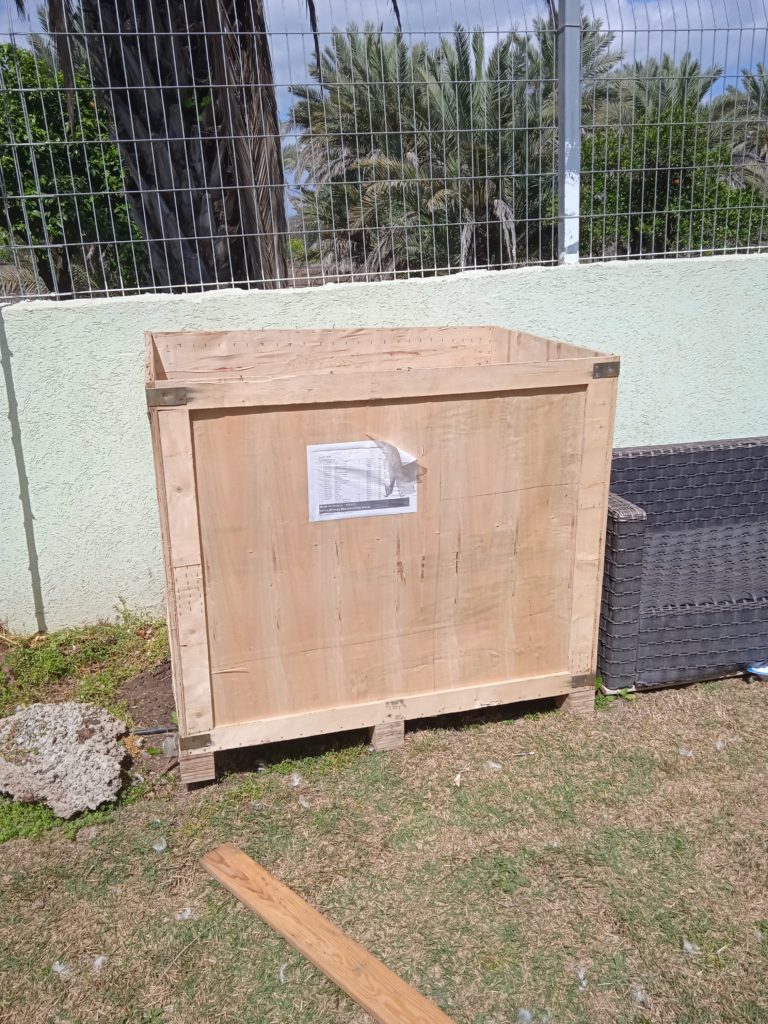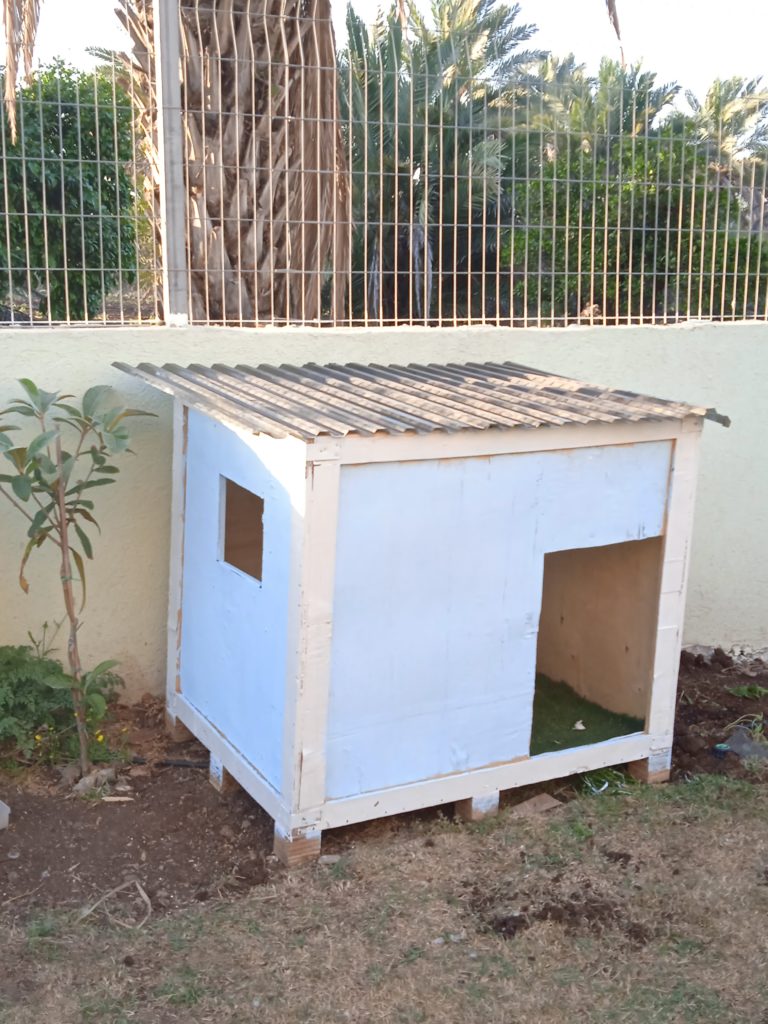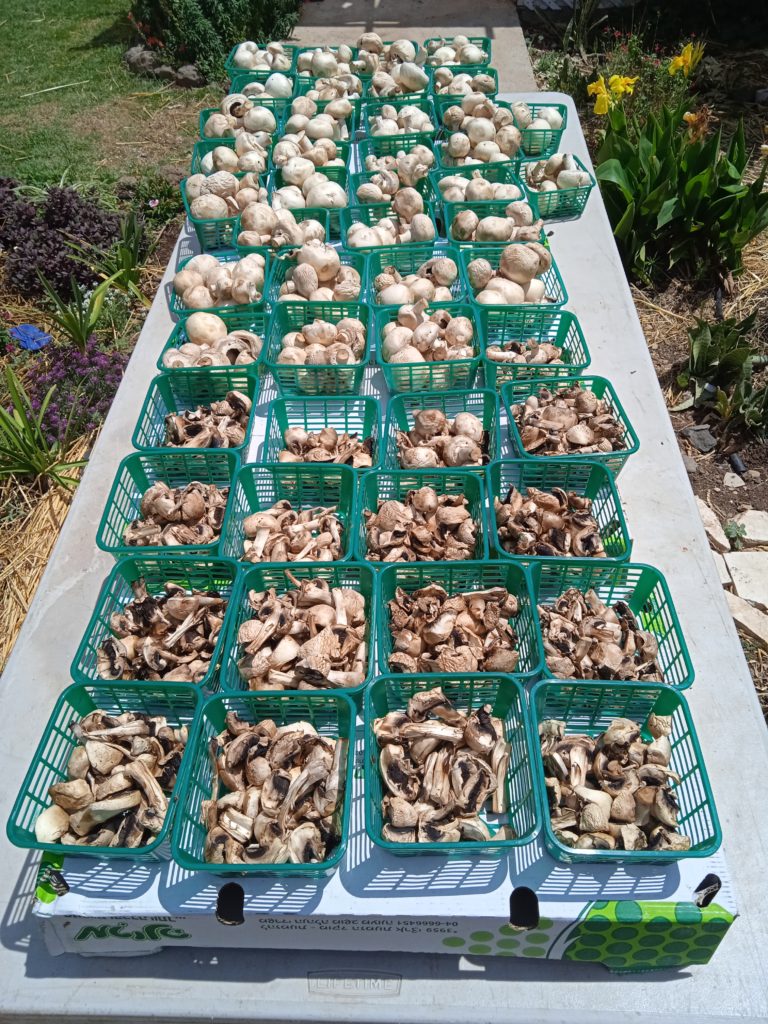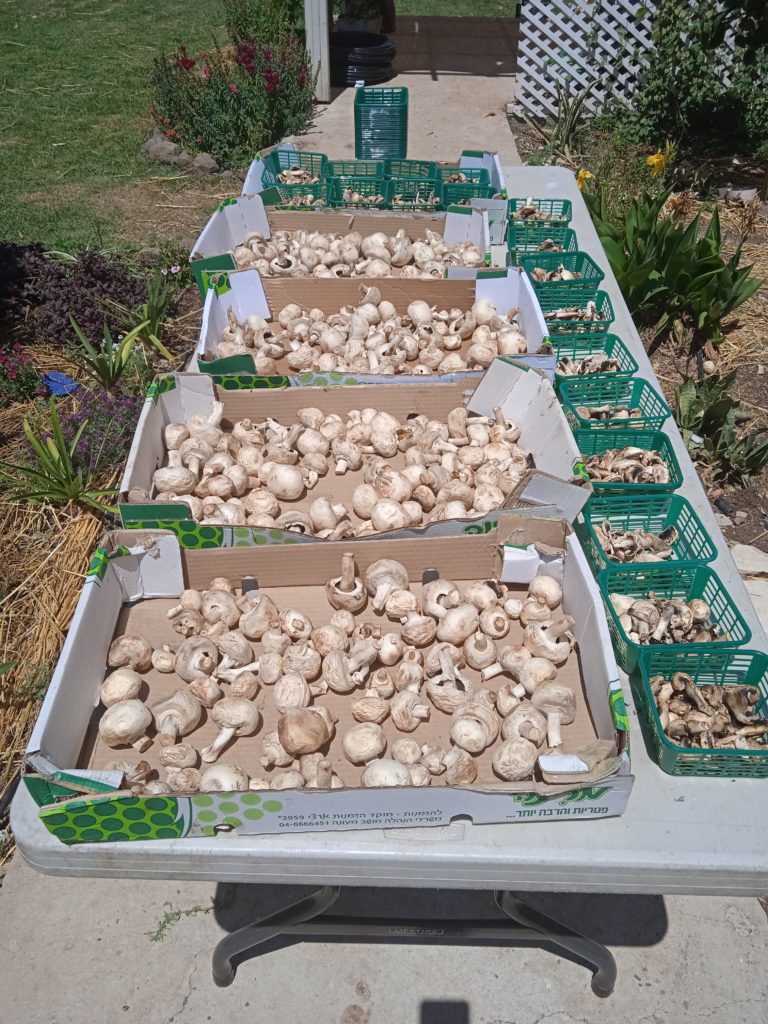I’m not an art person – it’s just not something that I ever explored beyond coloring. No, I’m really not exaggerating when I say that. Crayons, markers and coloring pages are literally the point when my artistic efforts ended.
When I saw a notice about an expressive arts class forming earlier in the year, I thought it sounded interesting. I liked the idea of learning something new. I had no idea that it would become the powerful experience that it’s been.
We’re a small group of six women, with two arts therapists facilitating the group. The two hour session begins with a short relaxation exercise, and then we’re encouraged to seek out the materials that reflect how we’re feeling at that moment. After an hour of creating, each woman writes in her journal, answering the questions provided that are meant to stimulate awareness of the internal process. After that, each woman shares about her work and her answers to the questions with the group.
Since every other woman there has an art background, this was initially an intimidating experience for me. I felt so inadequate – like a preschooler in a college classroom. I had no experience with any of the artistic mediums, and didn’t know how to use the various materials.
When I was seventeen, I learned about perfectionism, realized it was a trait that I had, and recognized that it wasn’t something I wanted to hold onto. For the last thirty years, I’ve consciously been releasing that tendency to want things to be the way that I want them, to let things be enough as they are, and not to compete or compare with others.
This has been a huge part of my personal development and a significant, defining feature of my parenting and what I teach others about parenting. And this tendency was hugely challenged by my participation in this group.
It wasn’t easy for me to sit with myself and quiet the peanut gallery in my own head as I worked – I had such intense feelings of frustration and inadequacy in the beginning. To create and and then have to display my work to others who are much, much more advanced, when I hardly knew how to use the paints or brushes… it was very hard for me to be so bad at something they were all so good at.
But each week something shifted as I painted or drew, as I focused on how I was feeling and my only goal was to capture that. It stopped mattering to me if anyone else thought it looked good or not, and it stopped mattering to me if it looked good or not. Instead, I found that I was enjoying the process of putting my feelings onto the paper in art form as it helped me get in touch with subtle emotions.

For example, when my son was dating, almost all of the suggestions were of young women from very mainstream homes, which in many ways was perfect for him. A quality that our family has, and that I’ve seen in every one of my children’s spouses, is an interest in others, an openmindedness and ability to think for oneself. In the case of the suggestions being made, I had hesitations about agreeing to most of them because I didn’t see this quality. I wasn’t sure if I was imposing my preferences or if it was something important for him, albeit something he wasn’t consciously looking for. In this painting, I explored my feelings about that – every color, every stroke, every shape has meaning and is representative of something significant.
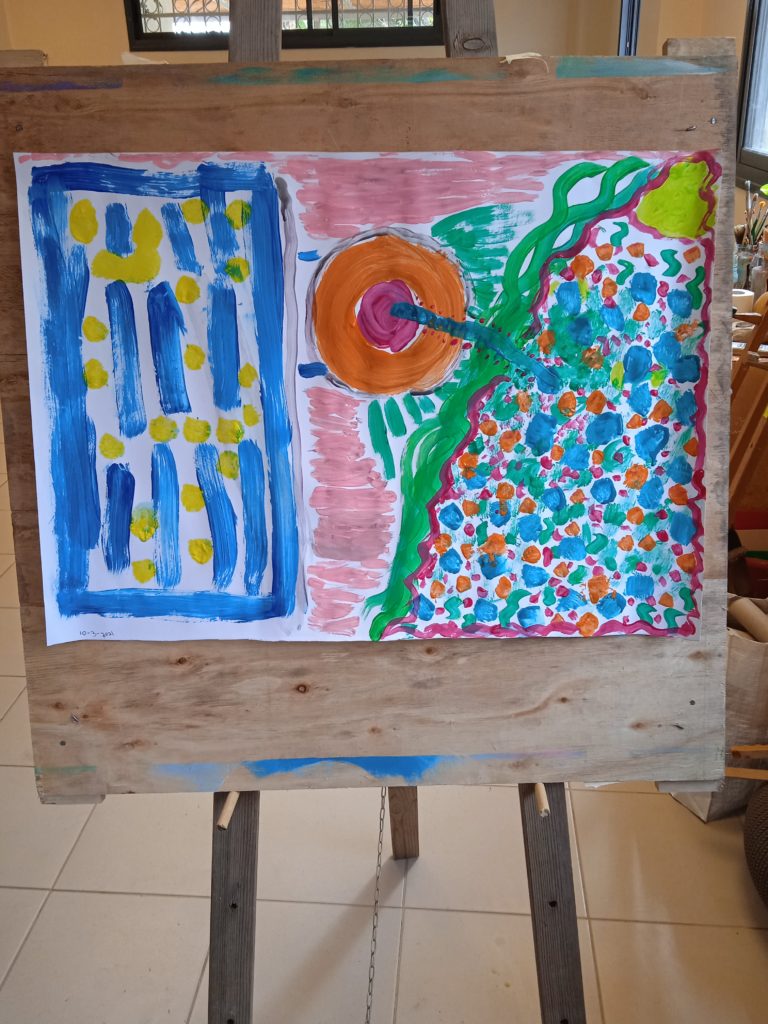
Several times in the early weeks of the group I shared my feelings of inadequacy and self-consciousness with the group leader, and she told me that I had an advantage over the other women, precisely because I had no art background. I couldn’t understand what she meant, and thought she was trying to make me feel good.
Several months in, I head another woman expressing frustration that the limited time allotted didn’t allow her to create something satisfactory. I shared with her my experience of creating just for the pleasure of it, for the expression of it – and her response showed me the challenge for someone who knows so much being able to let go and enjoy the expressive process.
She couldn’t release her expectation of herself and what her art should look like. And I realized that not only could I do that in the art class, but it extended into a different area when faced with something similarly new and intimidating – I just did it, didn’t worry what anyone else was thinking, and enjoyed it.
It’s been really interesting to ask myself, how do I feel today and what medium do I want to use to express that? What colors, what textures, what movement reflects that?
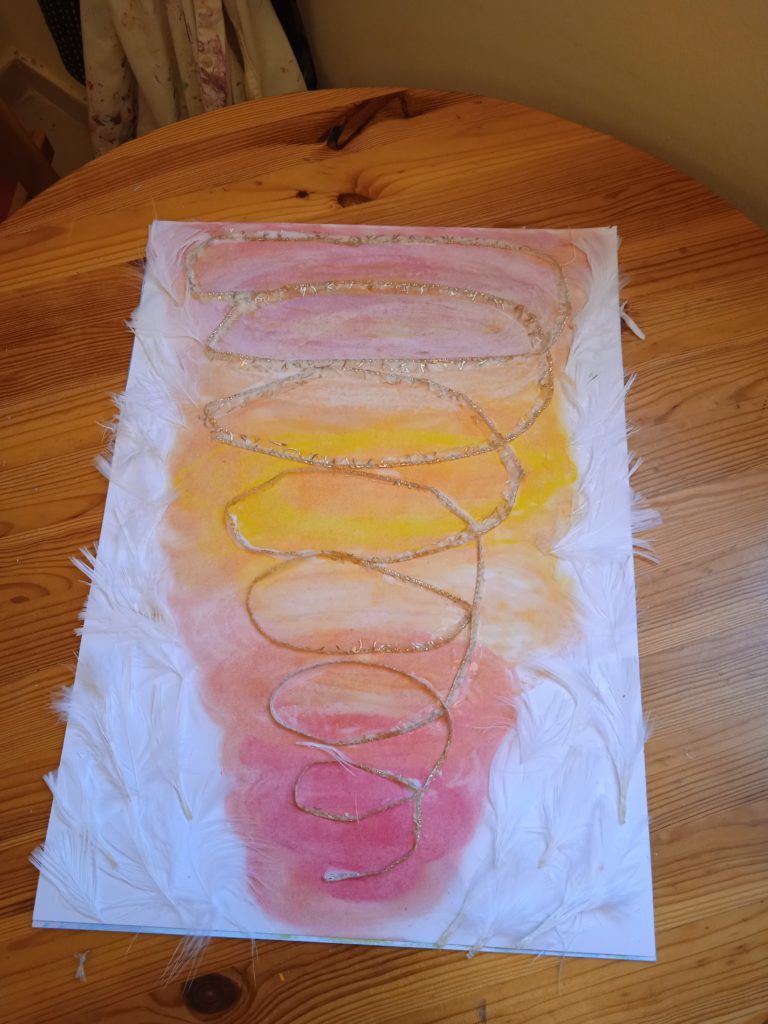
It’s been surprising for me as someone with a high level of self-awareness, that using art as a medium deepened my connection with my own emotions. I can really see how powerful it can be to use art as a therapeutic tool, having experienced some benefits even in a non-therapeutic setting.
Avivah


